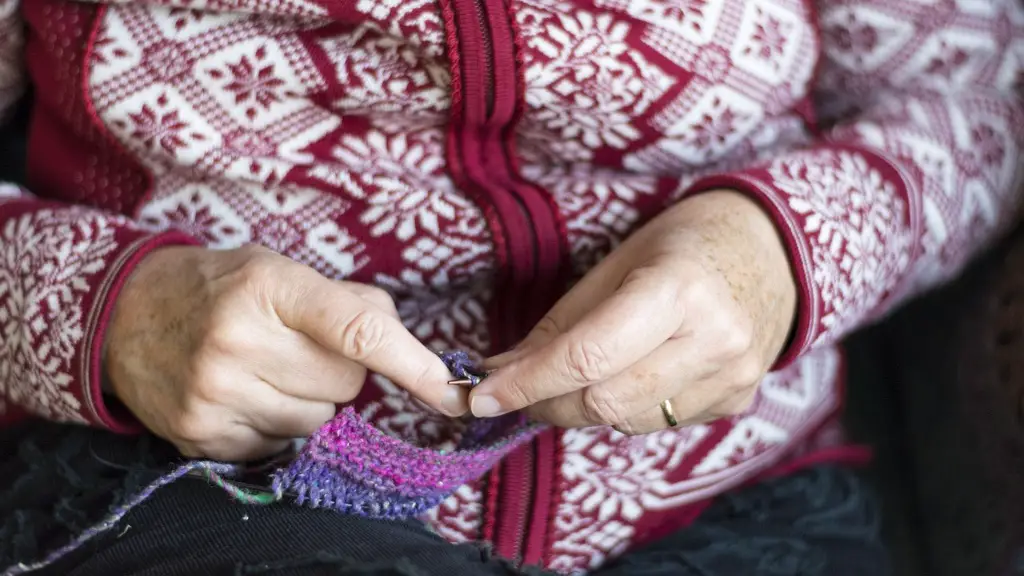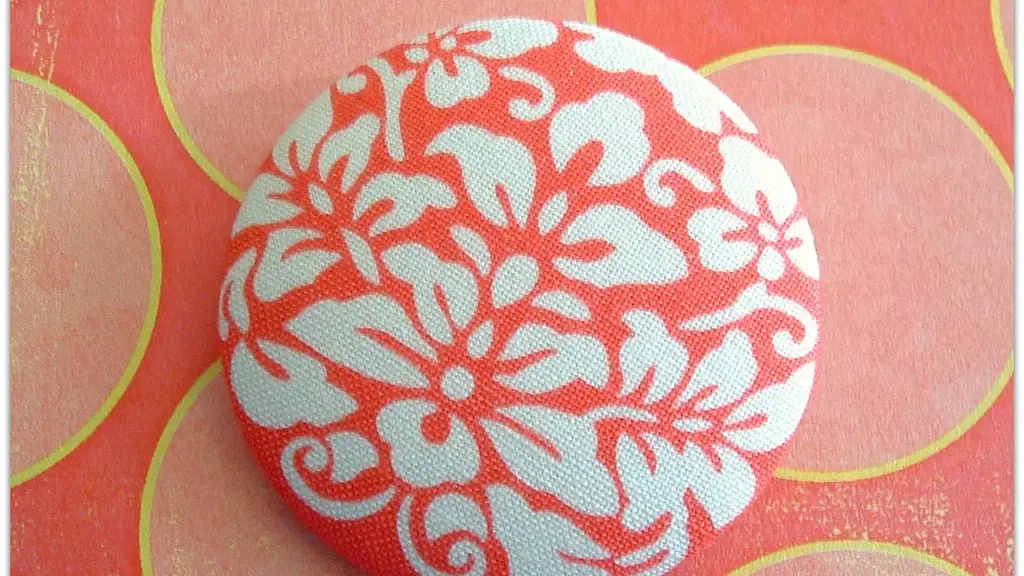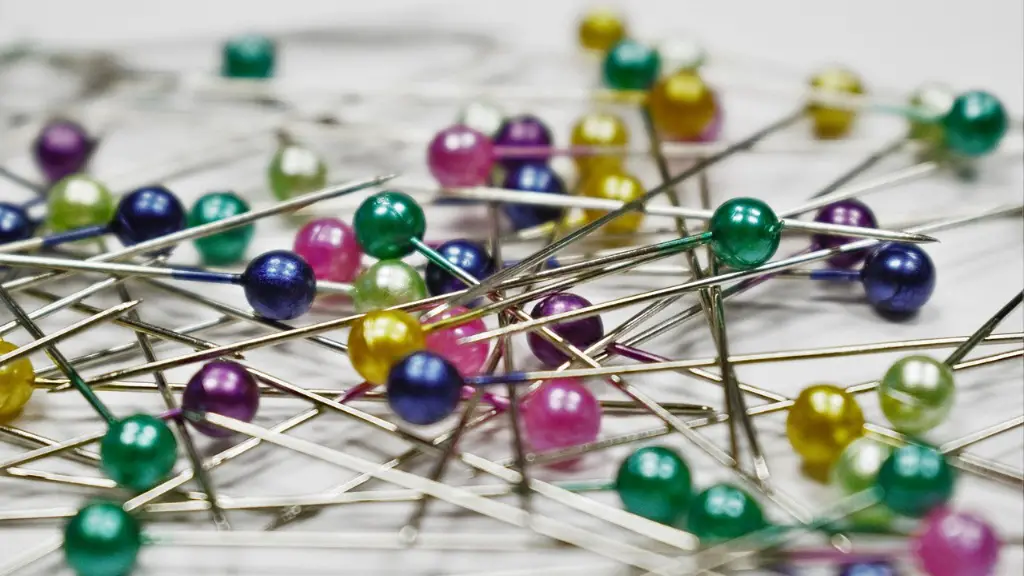Understanding the Basics
One of the most common causes of frustration for sewers is a machine that either throws off its tension or seems to have no tension at all. Understanding how your sewing machine seam tension works is one of the keys to successful sewing. Having a tight seam ensures that fabric pieces don’t snag or pull in the wrong places. Learning how to adjust the tension on a sewing machine for perfect seams is a valuable skill for any sewer.
The tension setting on a sewing machine is the balance of thread that needs to be established between the top and bottom threads. This ensures that the fabric is pulled correctly while stitching. If the tension setting is too tight, then the top thread will pull the bobbin thread up to the surface and create loops or knots. If the tension is too loose, then the top thread won’t grab onto the bobbin thread and the thread will not be locked into the final fabric. It’s important to get the balance of tension just right.
Know Your Stitches
In order to properly adjust the tension on your sewing machine, you’ll need to know first what type of stitch you are using. Different stitches require different levels of tension. For example, a straight stitch requires a balanced tension while a zigzag stitch may appear better with a slightly tighter tension.
Before you begin adjusting the tension, it’s important to experiment by running a few test stitches on a scrap piece of fabric. You should observe the stitch to see if it looks as you expect it to. This will give you an understanding of the tension’s current state. Once you’ve established the tension’s baseline, you can begin adjusting it to the desired level.
Location and Adjustment
The location of your tension control dial may vary depending on the make and model of your machine. It will usually be in the front or on the side of your machine, and typically it will be represented by a numbered dial. The higher the number, the tighter the tension.
To adjust the tension, move the tension dial one step higher or lower until you reach the desired stitch. Once you’ve found the perfect tension level for a particular type of stitch, make a note of the tension setting so that you can more easily adjust it again in the future.
Thread Quality
The type of thread you’re using can also play a role in the success of your tension adjustment. Different threads have different characteristics, and as such, require different levels of tension. Lower quality threads are generally more prone to breaking, and therefore are more likely to require a lower tension setting. Higher quality threads can be used with a bit more tension, but again, it is best to first test with the thread and fabric before committing to the project.
Other Reasons for Tension Issues
Assuming that the tension on your sewing machine is properly adjusted, there may be other underlying causes of tension issues. One common problem is a misaligned presser foot, which can cause the top thread to pull up the bottom thread. This is usually easily remedied by adjusting the position of the presser foot so that it sits snugly in its intended position.
Another issue that can create tension issues is a clogged bobbin case. Dust, lint, and dirt can accumulate in a bobbin case over time and prevent the thread from properly transferring. To clean the bobbin case, unscrew the case and brush away the dirt and lint, being careful not to lose any of the small springs and screws.
Changing the Needle
Your machine’s needle is another important factor that can contribute to tension problems. Needles become dull and bent over time, particularly after sewing through many layers of fabric. If you’re noticing tension issues, try replacing your needle with a new one of the same size and type. This can help to reduce thread irregularities and tension.
Preparing Properly
Lastly, it’s important to remember to always prepare your sewing machine for use. Make sure to check your tension before starting your project, and adjust it as needed. Also make sure to wind your bobbin correctly and to thread your machine properly. Doing these simple steps will help to prevent tension issues from occurring.
Cleaning Regularly
To keep your machine in optimal condition and your tension settings consistent, it’s important to clean your machine regularly. With every project, you’ll want to open the bobbin case and clean out any lint or thread that has accumulated. This will ensure that your machine is always running smoothly, and will help you to avoid any tension issues in the future.
Conclusion
Sewing machine tension is a finicky thing and requires a bit of trial and error before you’re able to get it exactly right. However, by following the steps outlined in this article, you’ll be able to adjust your tension and have perfect seams in no time. Understanding the basics of tension, knowing the types of stitches, and regularly cleaning your machine are all key steps to having successful sewing projects.


